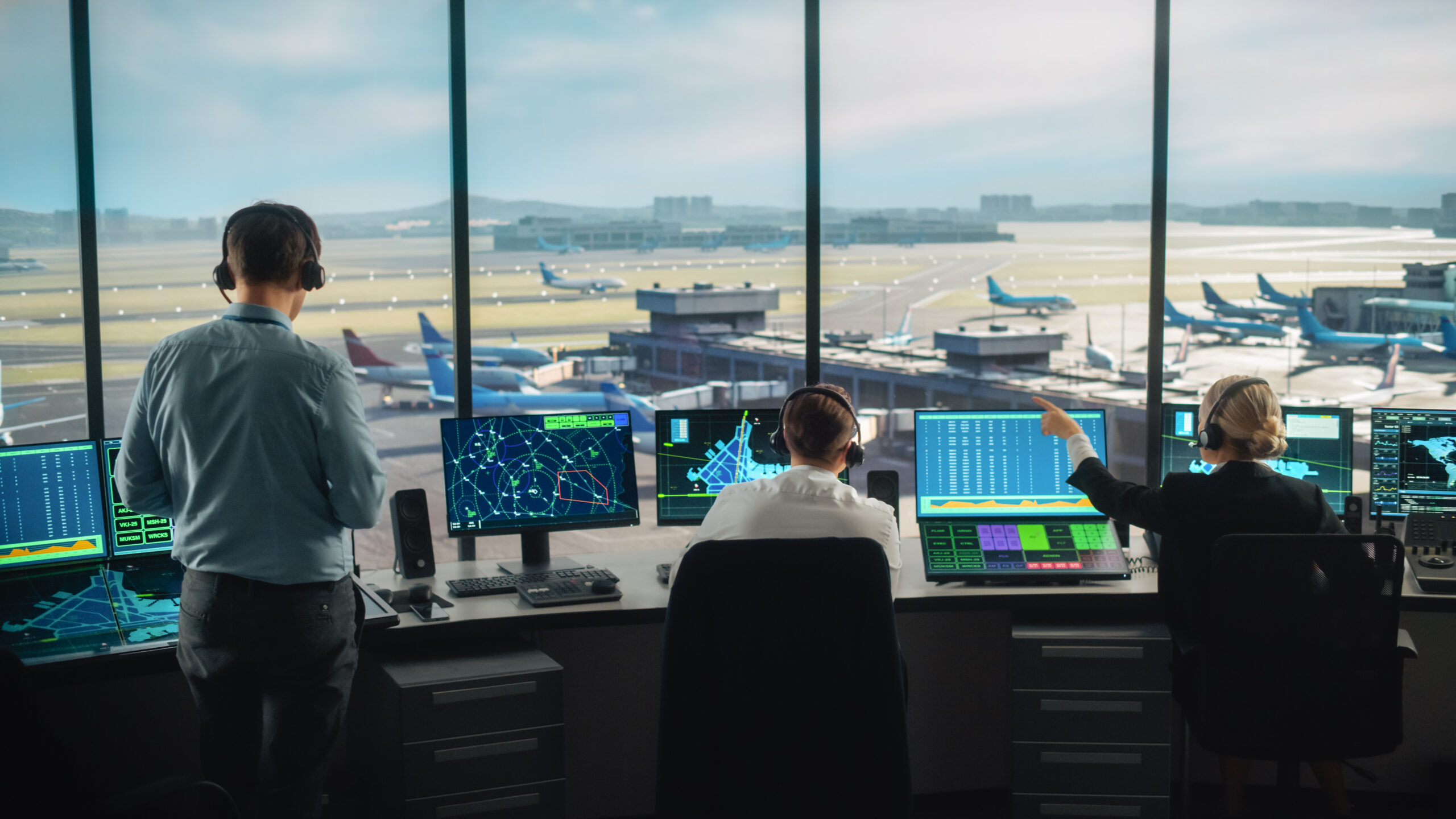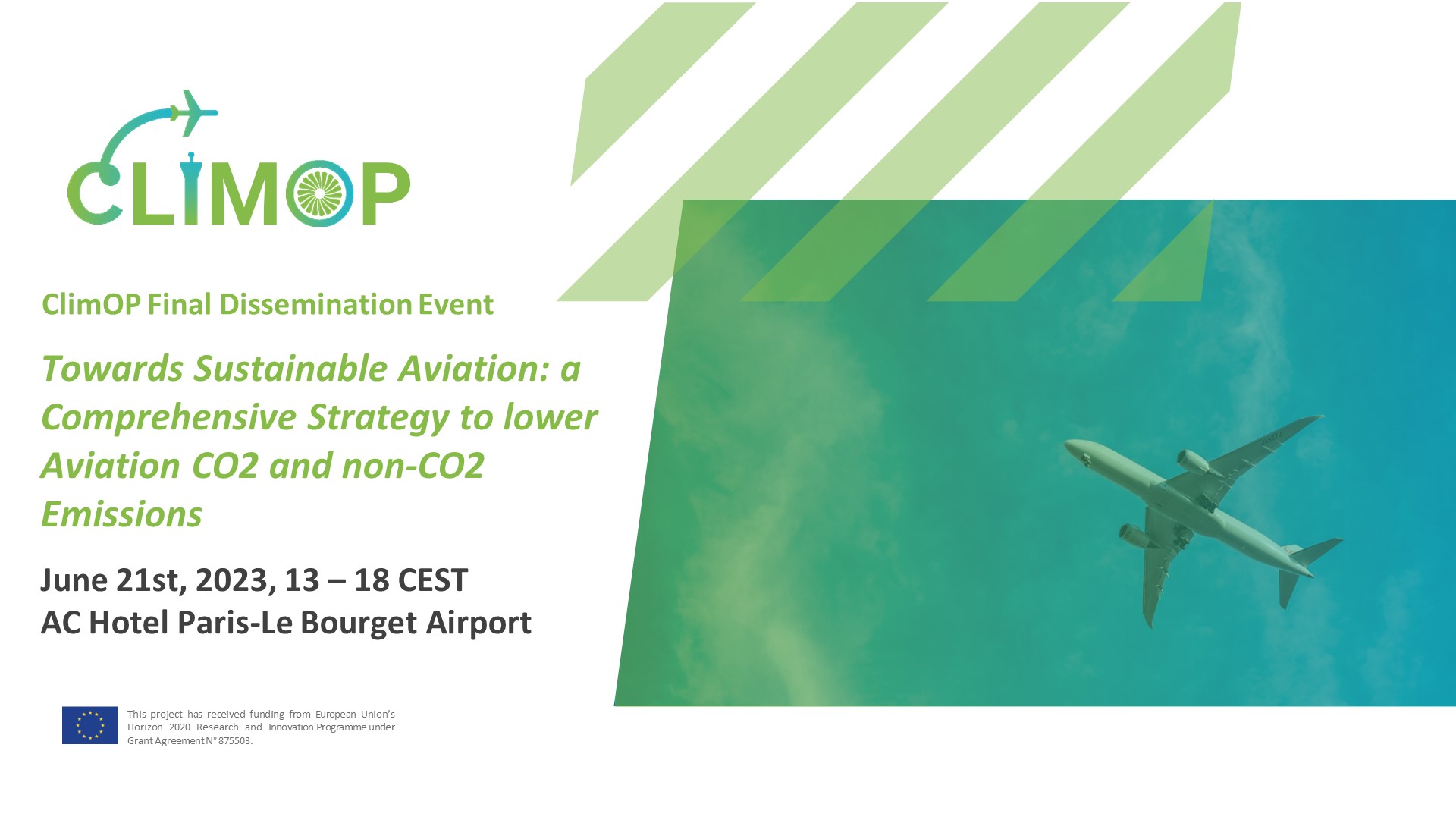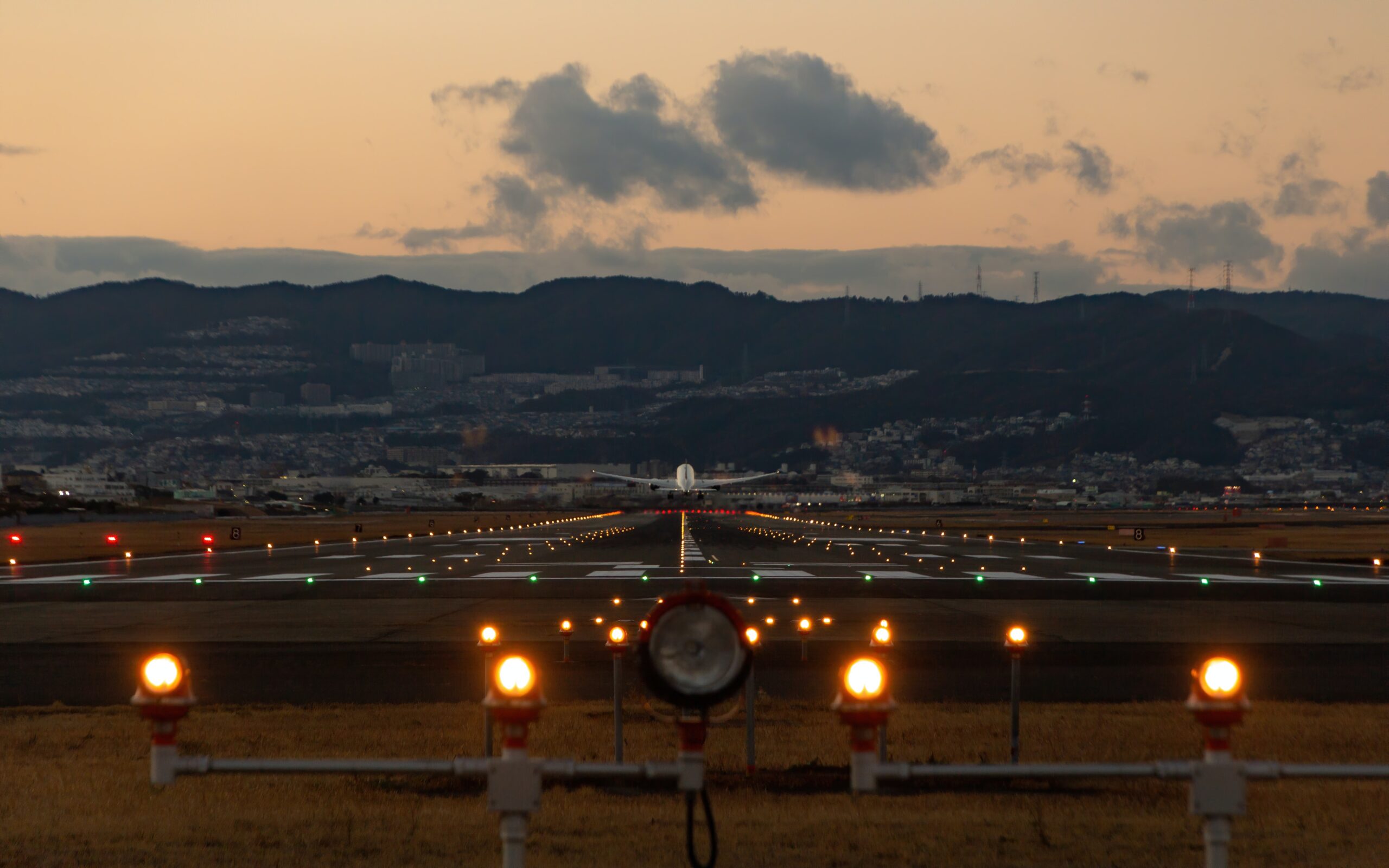There is no silver bullet in decarbonizing aviation. The good news is, however, is that there are a number of tools, technologies, and operational procedures that, when put in place strategically, can contribute to the long-term goal which the aviation industry is committed to: becoming net zero by 2050. More efficient, modernised, flexible and streamlined aircraft and Air Traffic Management (ATM) will play a key role in this effort. The calculated contribution of operations to the solution differs, ranging from global 3% of infrastructure and operational efficiencies, up to 10% with the implementation of the Single European Sky (SES) in the EU. The focus is on ensuring a sufficient and sustainable airspace infrastructure, flexibilising the use of airspace, and improving both the exchange of information and collaboration across the region.
Then, how do operational improvements reduce the adverse environmental impact of aviation? The main benefit comes from building new capacity and freeing up capacity that is not used efficiently. Another key benefit is improving the system’s flexibility, being able to adapt better and faster to the rapidly changing needs of the aviation ecosystem. Finally, important benefits can be gained from operational procedures that are based on state-of-the-art technologies capable of increasing accuracy and predictability. Through more efficiently managed capacity which feeds from accurate information and flexible rules, aviation is able to reduce fuel burn, CO2 emissions, impact on noise and air quality, and potentially mitigate aviation’s non-CO2 effects.
There are solutions that are low hanging fruits, easily rolled out today, to ensure the contribution of the ATM operations in decarbonizing the sector and allow us deliver on its targets. The following section describes some of the concepts that are accessible and available as of now, and whose harmonised roll-out in the region would benefit the whole industry and take us a step closer to our goal of reaching net zero.
Airspace modernization through the Single European Sky
The Single European Sky (SES) is the flagship initiative of the European Union aimed to reform and modernise European ATM. Since decades, Europe’s airspace is congested, and the situation is expected to worsen in the future. Despite the effect of the war in Ukraine, high inflation, energy crisis and the COVID-19 pandemic, the current traffic forecasts still predict a constant growth of traffic; EUROCONTROL’s most-likely scenario shows 16 million flights in 2050: a +44% growth from 2019. Therefore, there is a need to modernise the network, build in capacity, flexibility and efficiency, while ensuring safety, and putting in place smart initiatives to bring environmental gains.
The Single European Sky (SES) implementation has not delivered as first as intended after almost 20 years. Despite a new attempt to upgrade the regulatory framework since September 2020, the new Single European Sky (SES II++) package includes, e.g., a proposal for an independent economic regulator (the Performance Review Body – PRB) for air navigation services (ANS). This would set binding performance obligations and monitor the delivery and compliance of the key performance indicators agreed on by Member States. Unfortunately, despite the support of airlines, the European Parliament, and its rapporteur Marian-Jan Marinescu, this greatly needed regulatory reform package has still not been approved. This is essentially due to the opposition of the Member States themselves. Notwithstanding being supporters of the Single European Market, EU States are reluctant to its delivery when it comes to the European skies; a federal step is needed to achieve the objective of the SES.
Build in flexibility and innovation in the airspace
The air transport industry has gradually moved from the less flexible instrument-based to a performance-based system. In essence, this comes with a conceptual shift to adapt the airspace use and the design of the routes and flight profiles based on the needs of the flight in question. To make this happen and contribute to a more efficient and flexible route design, the technologies and mechanisms of satellite-based and performance-based navigation are key enabling tools in this effort.
A few interesting airspace modernization concepts that have proven to enhance the optimisation of airspace are free-route airspace, trajectory-based operations, continuous climb and descent operations, and the flexible use of airspace. The R&D framework of the Single European Sky, the SESAR programme, include these functionalities in the mandated EC Regulation 2021/116, in full alignment with the ICAO Global Air Navigation Plan (GANP). SESAR is currently developing further initiatives with a stronger focus on improving the environmental performance of the aviation industry and delivering the EU Green Deal.
Sometimes, despite the technical capacities in place, the blocking constraints are institutional. Aircraft may opt for less-than-optimal routes due to fragmented airspace, different operating procedures, and charging mechanisms in place. Therefore, the full aviation ecosystem should embrace a collaborative philosophy along the lines of the Single European Sky, acknowledging that no one owns the skies alone. An interesting example of such collaboration exercises are the so-called ‘Perfect Flights’ which are single, optimised, commercial flights used to set an optimum standard for efficiency of a flight. The idea behind this concept is to carry out demonstrations together with all airborne and ground stakeholders and draw lessons learnt with the view on how the results can be brought into everyday operations, improving the system-wide performance. This includes identifying quick wins for the environment.
Incentivizing airspace modernisation
Aviation stakeholders have committed to ICAO’s Long-Term Aspirational Goal to become net zero by 2050. There is a strategy in place that consists of a fast, scalable roll-out of sustainable aviation fuels, deployment of modern technologies, carbon capture and removal and finally, improving the infrastructure and the way we operate in the airspace. However, against the jointly defined roadmap, there are other operational proposals that do not consider the specific nature of aviation. In turn, this seriously risks creating a competition distortion, but also reducing the capability of the airlines to invest in decarbonising their fleet, technologies, and operations. One of those proposals is the modulation of air navigation service (ANS) charges in relation to CO2 emissions or the use of sustainable aviation fuels. Any airport or ANS charges should only and exclusively be related to the provision of services and not to address broader policy objectives or environmental effects that have no demonstrated impact on the actual service provision. Furthermore, such proposed modulation charges could lead to environmental and climate-related externalities, including risk of carbon leakage in unregulated jurisdictions (or markets).
Another harmful example is the application of green taxes. Experience shows that the effectiveness of levies as incentives for decarbonisation is doubtful: no government that has introduced a ticket tax has been able to demonstrate that such a tax has reduced CO2 emissions. There are currently no taxation schemes where the revenues are ring-fenced and steered to environmental purposes. Money of such taxes stays in the hands of the government, while there is not guarantee that emissions reductions have actually been gained through increasing the economic burden of the airlines. Also, the vast majority of green taxes that are applied or considered are imposed on top of existing carbon pricing instruments and contrary to the international conventions.
If ATM should reduce its adverse impact on environment, a penalization scheme will not solve it. Focus should be in ensuring we have the most efficient and flexible airspace where we use state-of-the-art technology, and supporting the stakeholders in their decarbonisation journey, such as enabling access to sustainable aviation fuels. There are multiple operational enhancements that bring environmental benefits and that can be implemented by airlines, airports, and ANS providers jointly today. The key in modernising how we operate the airspace is to reform the foundations of the European ATM, which will need to start with the approval of the Single European Sky. This should be combined with the implementation of other operational concepts that have demonstrated both clear capacity and environmental benefits, as well as embracing a collaborative approach across the value chain and the region, leaving no one behind.




